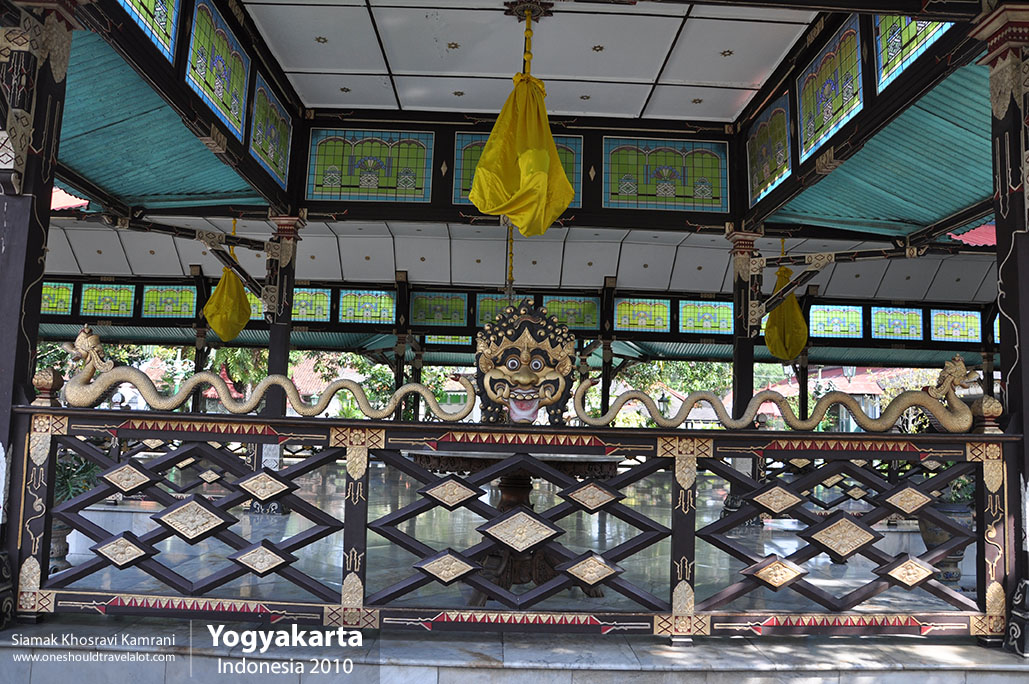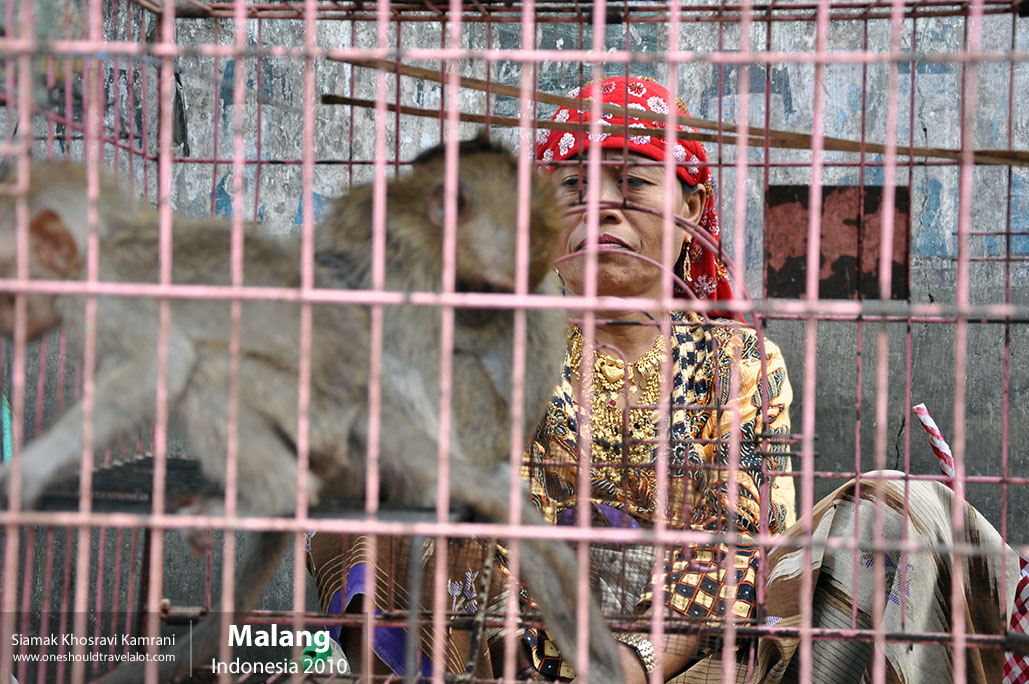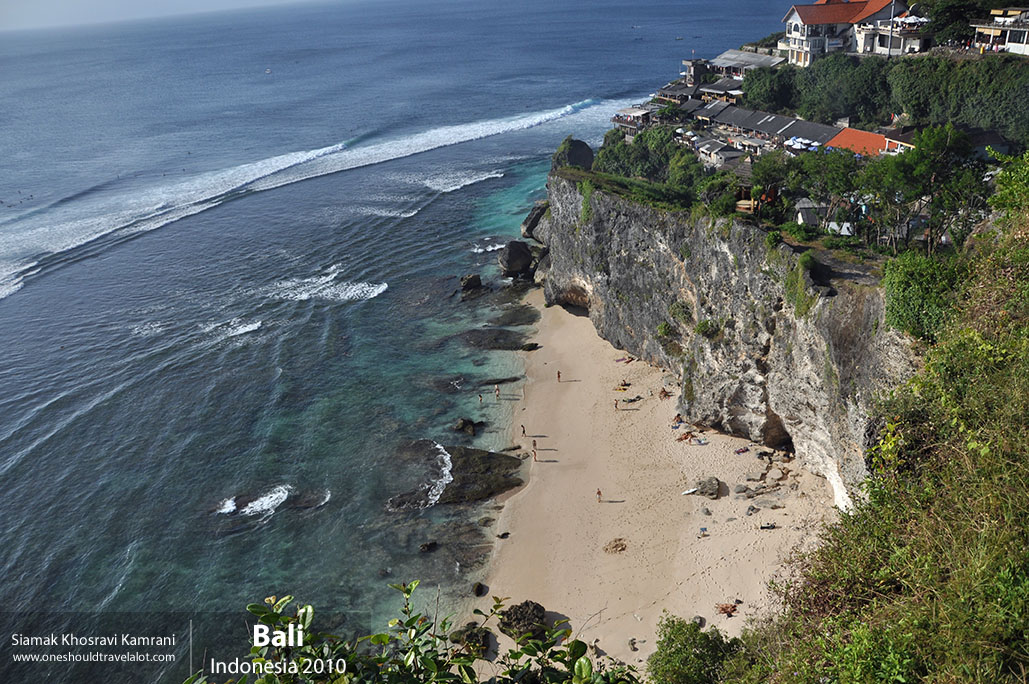Exploring the Enchantment of Borobudur
Arrival in Yogyakarta: The Gateway to Borobudur
As my plane descended over the lush landscape of Central Java, I felt a surge of excitement. I was about to embark on a photographic journey to Borobudur, one of Indonesia’s most iconic and awe-inspiring landmarks. My adventure began in Yogyakarta, a bustling city that serves as the gateway to this ancient marvel. The warm, humid air greeted me as I stepped off the plane, and the vibrant energy of Yogyakarta enveloped me immediately.
Yogyakarta, often affectionately called “Jogja” by locals, is a city rich in culture and tradition. It’s a place where the past and present coexist harmoniously, and where the spirit of Javanese culture thrives. The city is a blend of historical landmarks, bustling markets, and modern cafes, all set against the backdrop of Mount Merapi, an active volcano that adds a touch of drama to the landscape.
Setting Off to Borobudur
Early the next morning, I set off for Borobudur, eager to capture its beauty through my lens. The journey from Yogyakarta to Borobudur is a scenic one, taking you through verdant rice paddies, quaint villages, and lush forests. The sight of farmers tending to their fields, children playing by the roadside, and the occasional temple or shrine reminded me of the deep-rooted spirituality and connection to nature that defines this region.
As I approached Borobudur, the anticipation grew. This colossal Buddhist temple, built in the 9th century, is a UNESCO World Heritage Site and one of the greatest Buddhist monuments in the world. The temple is designed in the form of a massive mandala, a symbol of the universe in Buddhist cosmology.
The Majestic Borobudur Temple
Walking through the entrance, the sheer scale of Borobudur took my breath away. The temple rises majestically from the earth, with its nine stacked platforms, six square and three circular, topped by a central dome. It is adorned with over 2,500 relief panels and 504 Buddha statues, each one telling a story of enlightenment and spiritual journey.
The first thing that struck me was the intricate carvings. Each panel depicted scenes from the life of Buddha, tales of morality, and stories from Javanese folklore. As I moved from one relief to the next, I couldn’t help but marvel at the craftsmanship and attention to detail. It was as if each stone had been lovingly placed to create a narrative that transcends time.
Capturing the Sunrise at Borobudur
One of the most magical experiences at Borobudur is witnessing the sunrise from the temple’s summit. I arrived at the temple before dawn, armed with my camera and a sense of awe. As the first light of day began to creep over the horizon, a hush fell over the crowd. The sky transformed into a canvas of pastel hues, and the silhouette of Mount Merapi emerged in the distance.
The moment the sun peeked over the horizon, the temple was bathed in a golden glow. The reliefs and Buddha statues seemed to come to life, illuminated by the soft morning light. I captured shot after shot, trying to do justice to the serene beauty before me. The play of light and shadow, the peaceful atmosphere, and the sense of timelessness made it a truly unforgettable experience.
Exploring the Surroundings
After spending the morning exploring Borobudur, I decided to venture into the surrounding areas. The region around Borobudur is dotted with smaller temples, each with its own unique charm. One such temple is Mendut, located just a few kilometers away. Mendut is older than Borobudur and houses a massive statue of Buddha, flanked by two bodhisattvas. The temple’s serene courtyard and ancient banyan trees provided a perfect backdrop for some more photography.
Another nearby temple worth visiting is Pawon, situated between Borobudur and Mendut. Though smaller in scale, Pawon is beautifully proportioned and believed to be a part of the ritual journey of pilgrims visiting Borobudur. The temple’s architecture and intricate carvings make it a fascinating subject for photography.
Immersing in Local Culture
No visit to Borobudur would be complete without immersing oneself in the local culture. The nearby village of Candirejo offers a glimpse into traditional Javanese life. I took a leisurely bike ride through the village, stopping to chat with friendly locals, who were eager to share their stories and traditions. I visited a local batik workshop, where artisans demonstrated the intricate process of creating this beautiful fabric. The vibrant colors and patterns of batik are a testament to the rich cultural heritage of Java.
The Culinary Delights of Central Java
One of the highlights of my trip was savoring the local cuisine. Central Java is known for its delicious and diverse food. I indulged in dishes like Gudeg, a sweet and savory stew made from young jackfruit, and Nasi Goreng, Indonesia’s famous fried rice. The flavors were a delightful blend of sweet, spicy, and savory, reflecting the region’s rich culinary traditions.
Reflections on Borobudur
As my time in Borobudur came to an end, I couldn’t help but reflect on the profound impact this journey had on me. Borobudur is not just a temple; it’s a testament to human ingenuity, spirituality, and the timeless quest for enlightenment. The experience of exploring its ancient corridors, capturing its beauty through my lens, and connecting with the local culture left an indelible mark on my soul.
Borobudur is a place where history, culture, and spirituality converge, offering a glimpse into the rich tapestry of Indonesia’s past. It’s a reminder of the enduring power of human creativity and the universal quest for meaning and connection. As I left Borobudur, I carried with me not just photographs, but memories and insights that would continue to inspire me long after I had left this enchanting land.
Practical Tips for Visiting Borobudur
If you’re planning a trip to Borobudur, here are some practical tips to enhance your experience:
Best Time to Visit
The best time to visit Borobudur is during the dry season, from April to October. The weather is pleasant, and you’ll have a better chance of catching the stunning sunrise without any interruptions from rain.
Getting There
Borobudur is located about 40 kilometers northwest of Yogyakarta. You can hire a car, take a taxi, or join a tour from Yogyakarta. The journey takes approximately one to one and a half hours.
Sunrise Tours
To experience the sunrise at Borobudur, you can book a sunrise tour through your hotel or a local tour operator. These tours usually include transportation and an early entrance to the temple.
Dress Code
As Borobudur is a religious site, it’s important to dress modestly. Wear comfortable clothing, and make sure to cover your shoulders and knees. Comfortable walking shoes are also recommended.
Exploring the Area
Don’t miss the nearby temples of Mendut and Pawon, as well as the charming village of Candirejo. Renting a bicycle is a great way to explore the area at your own pace.



